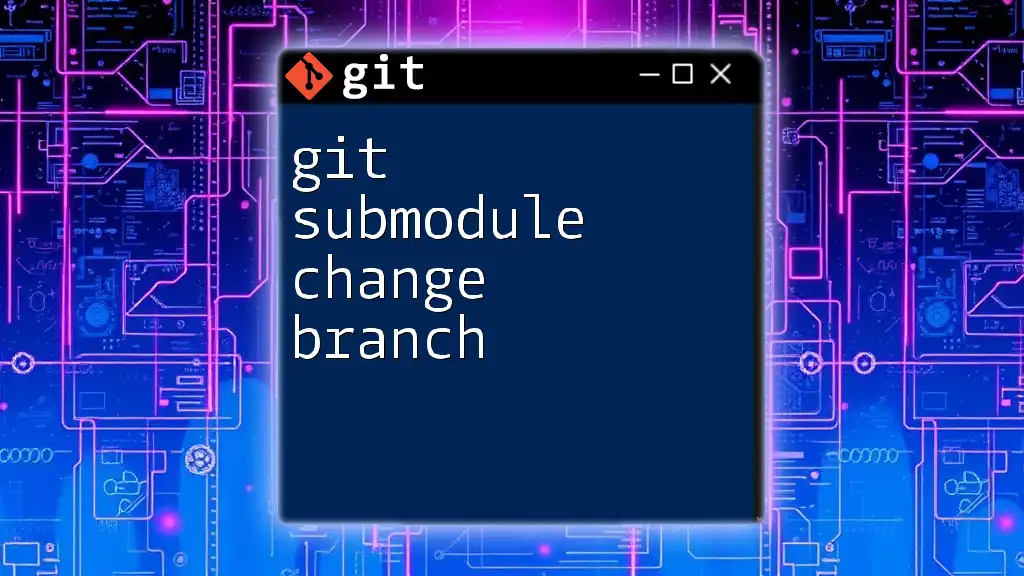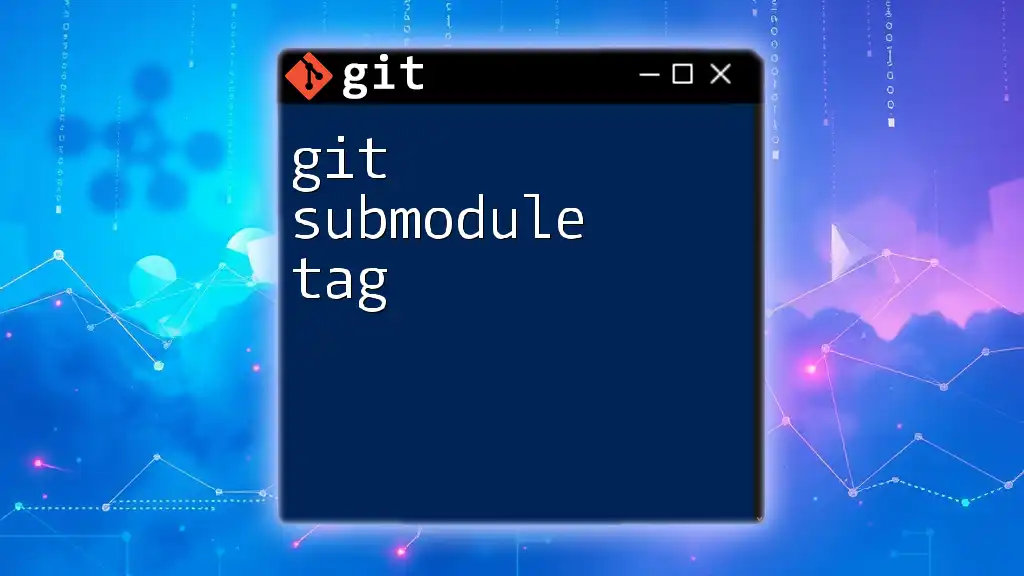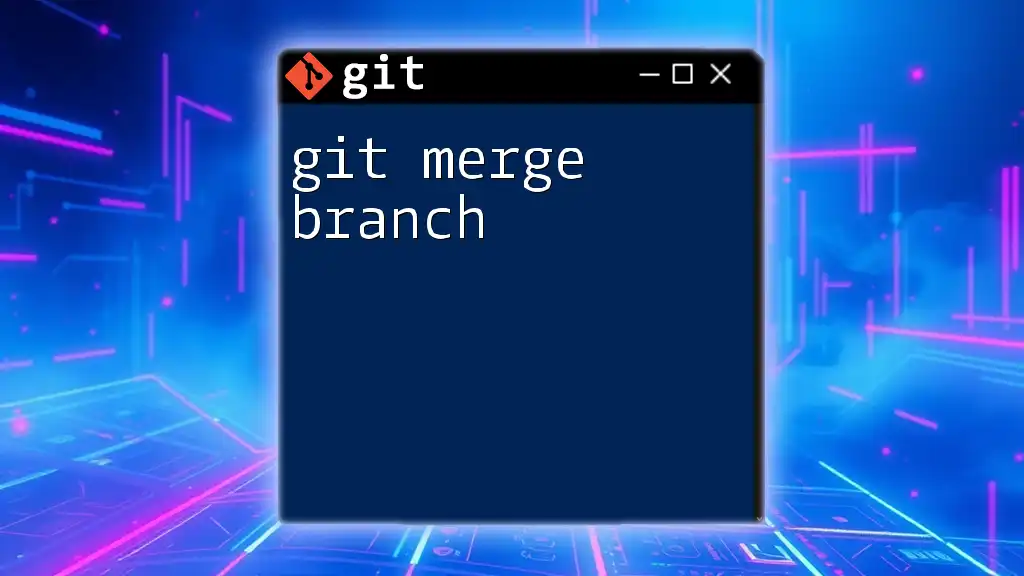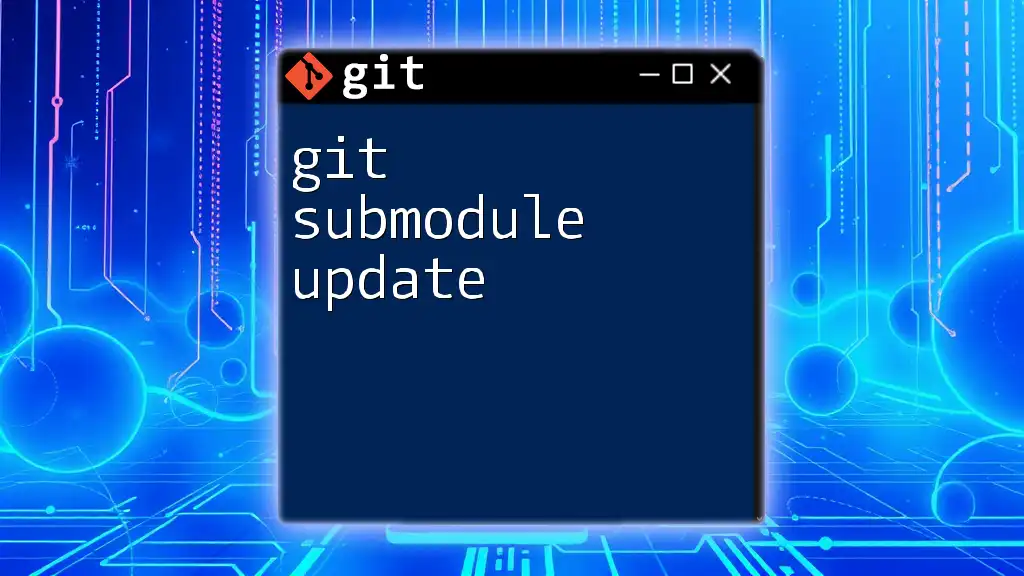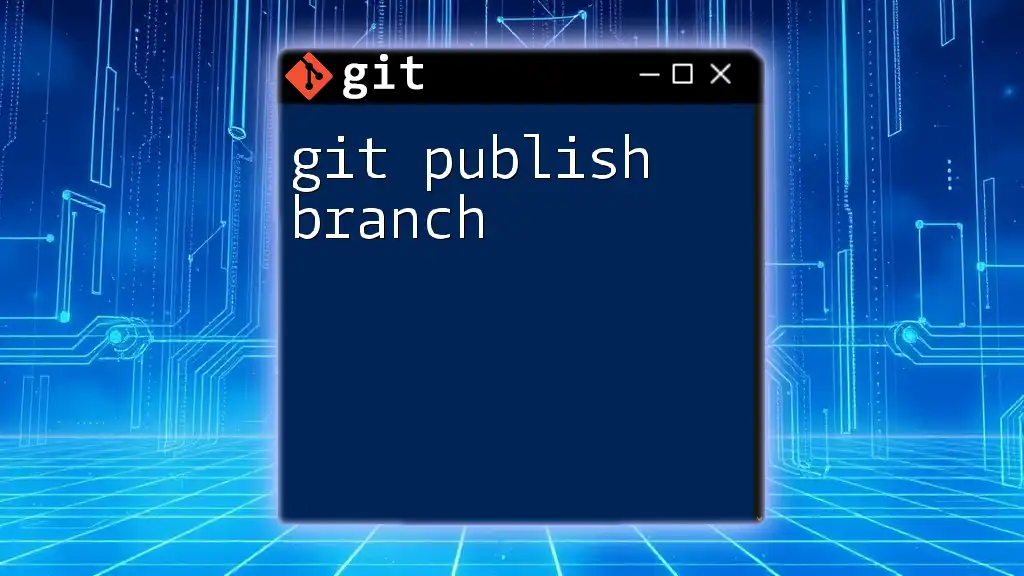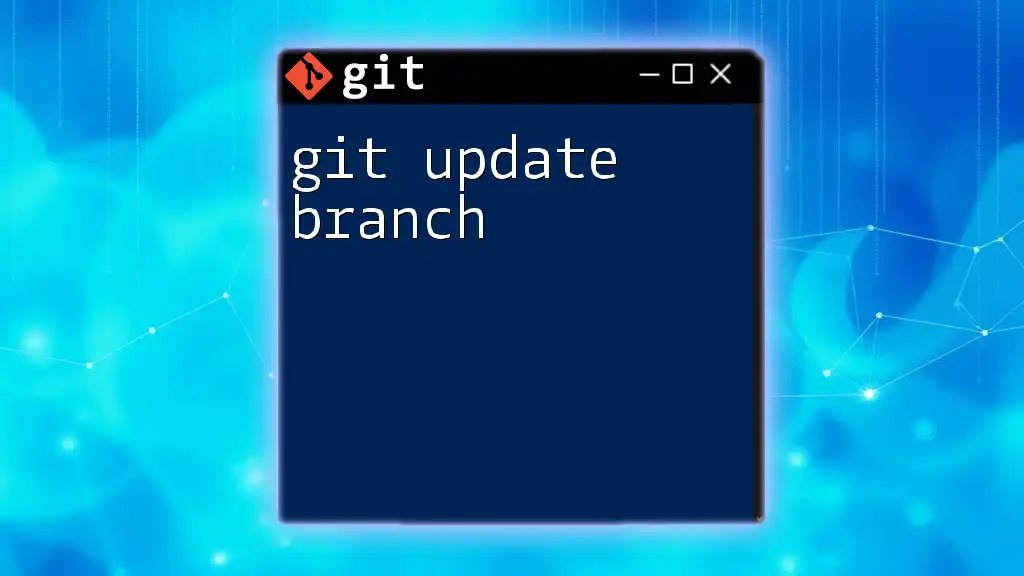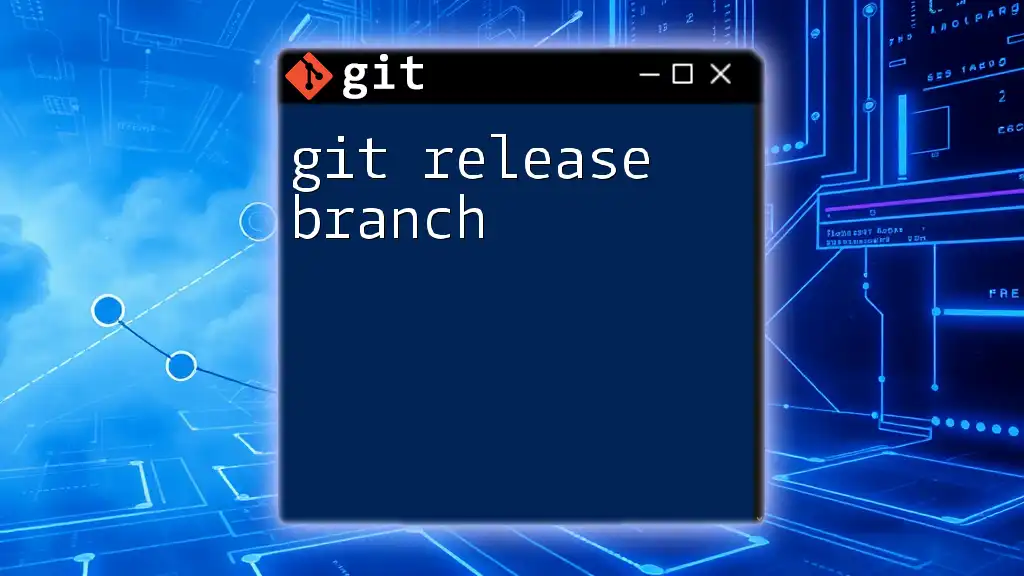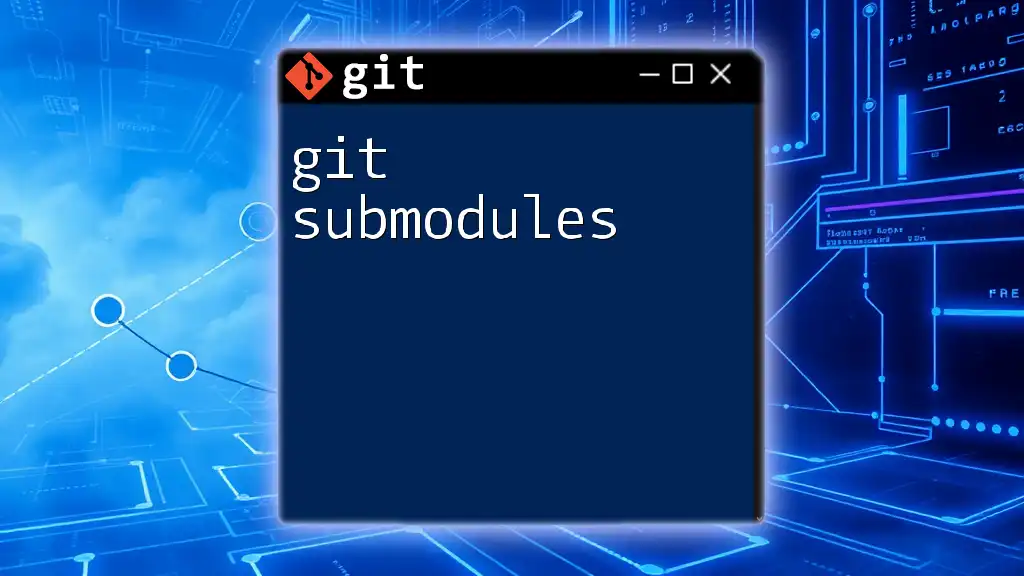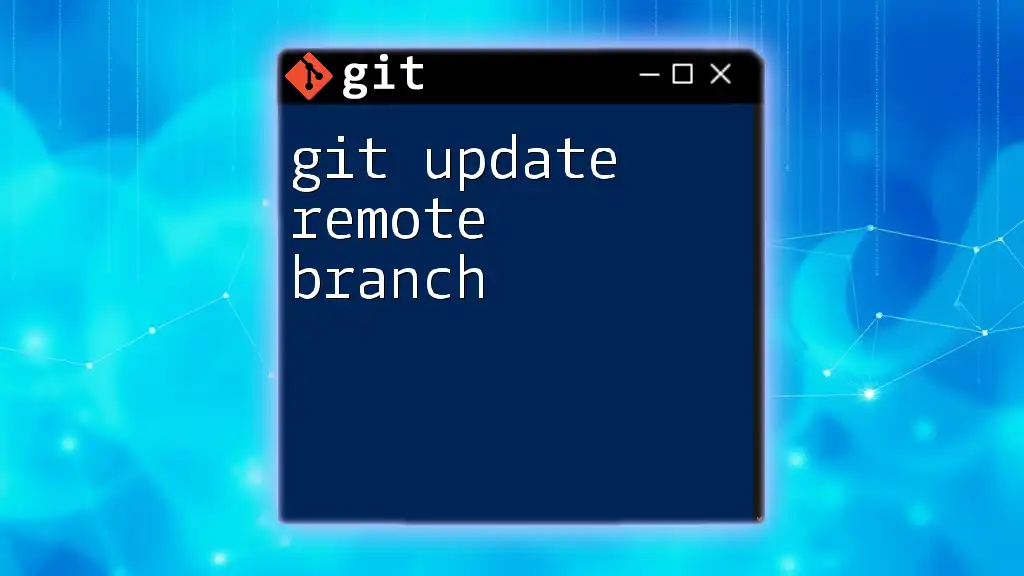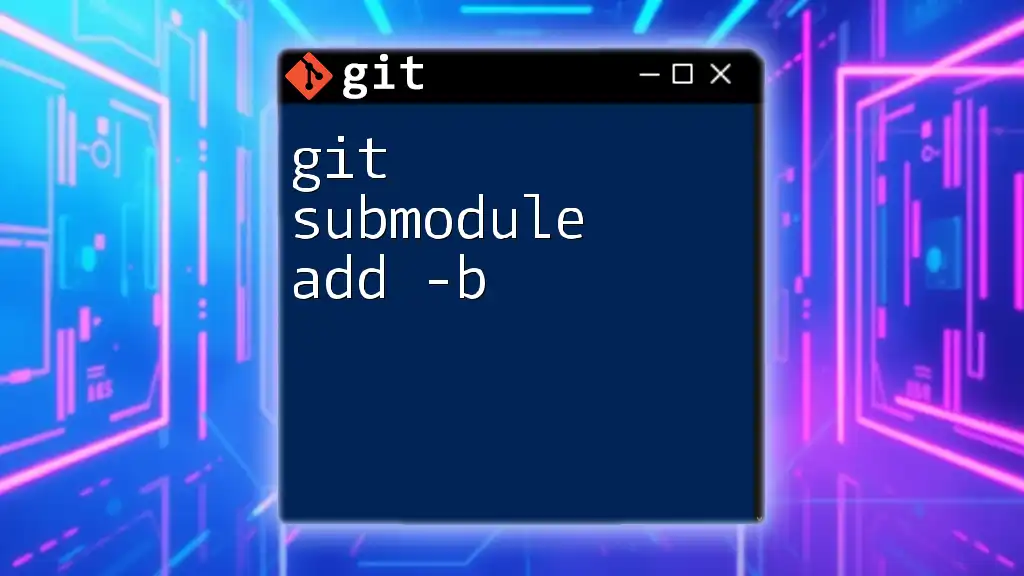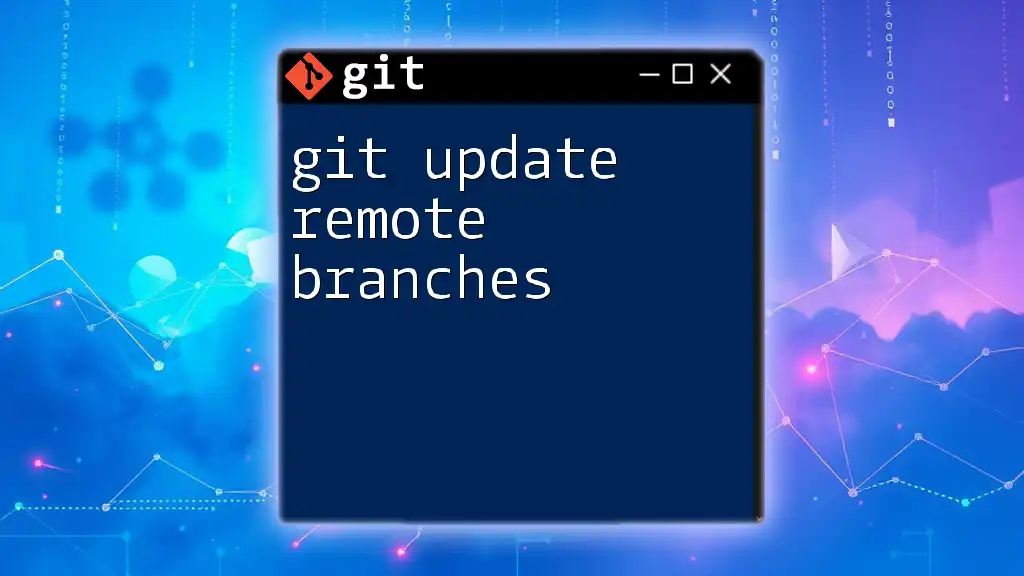To change the branch of a git submodule, navigate to the submodule’s directory and use the command `git checkout`, followed by the desired branch name.
cd path/to/submodule
git checkout branch-name
Understanding Git Submodules
What are Git Submodules?
Git submodules are a powerful feature that allows you to include and manage external repositories within your main Git repository. They provide a way to keep related projects together while maintaining their independence. This is particularly useful when you're working on projects that rely on certain libraries or components stored in separate repositories.
The benefits of using submodules include:
- Modularity: You can encapsulate third-party libraries or components separately.
- Version control: Each submodule maintains its commit history independently from the main repository.
- Collaboration: Projects can collaborate without direct dependencies, allowing for flexibility in development and versioning.
How Submodules Work
When you add a submodule to your repository, Git stores the submodule's information as a special entry in the main repository's configuration files. This means that instead of copying the submodule's files directly, Git keeps a reference to a specific commit within the submodule’s repository.
The directory structure includes:
- A main repository folder containing the primary project files.
- A submodule folder that contains the external repository, always pointing to a specific commit.
Common Commands Related to Submodules
Familiarizing yourself with basic Git submodule commands can help manage dependencies effectively. Here are a few key commands:
- `git submodule init`: Initializes your submodules.
- `git submodule update`: Clones and fetches the latest data for your submodules.
- `git submodule status`: Displays the current commit checked out for each submodule.
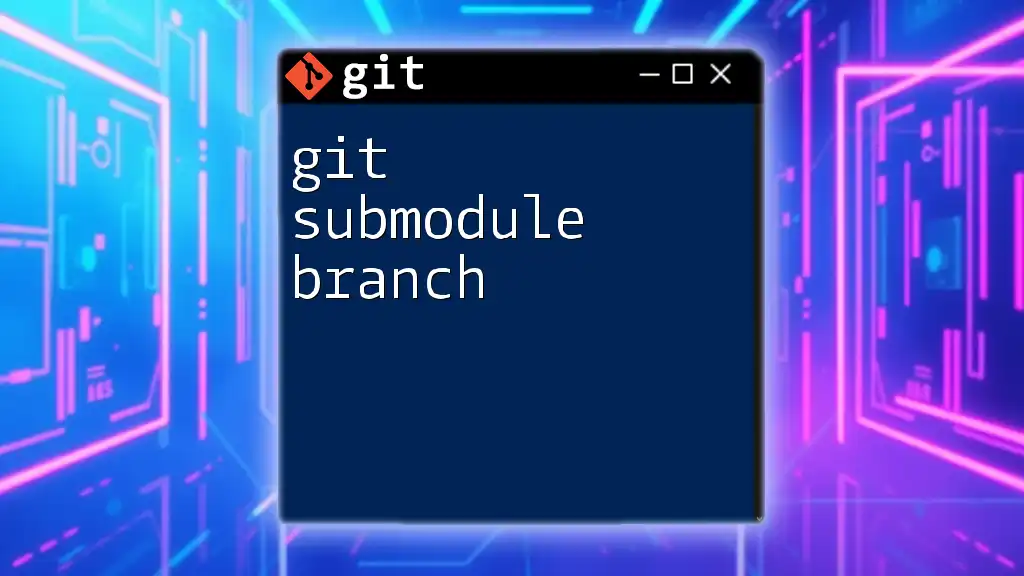
Changing Branch in a Git Submodule
Why Change Branches in a Submodule?
There are several scenarios where you may want to change branches in a submodule. Perhaps you're testing a feature branch, responding to customer feedback, or syncing with the latest production code. Switching branches helps to implement these changes while keeping your main project in a stable state.
Prerequisites
Before you begin changing branches, ensure that:
- You have the necessary permissions to access the submodule repository.
- Your local environment is correctly set up with the required repositories cloned.
- You are running a compatible version of Git—updating Git to its latest version ensures you have all the new features and bug fixes.
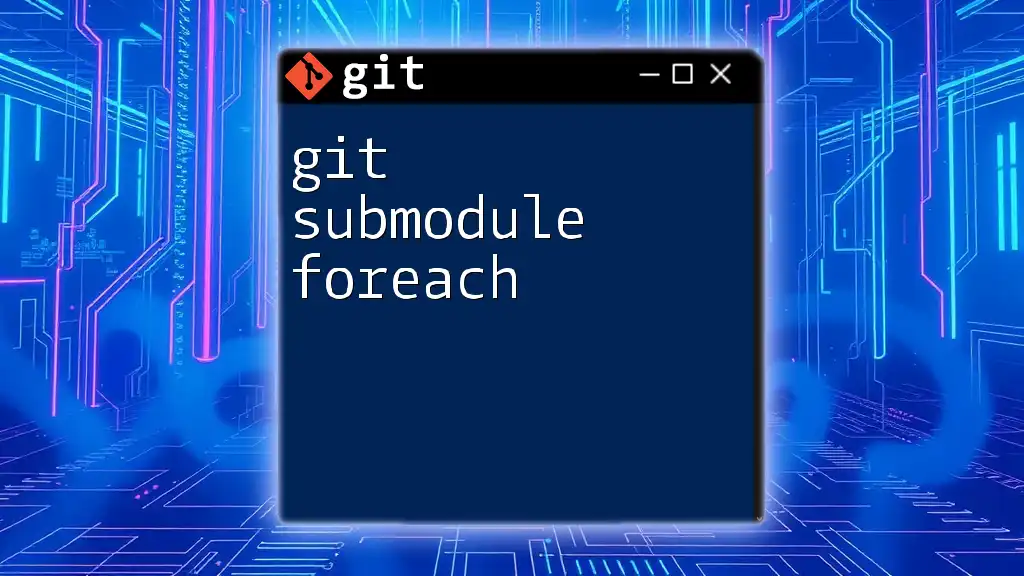
Step-by-Step Guide to Changing Branch in a Git Submodule
Step 1: Navigate to Your Main Repository
Start by opening your terminal and navigating to your main repository’s directory. This is where your submodule exists.
cd path/to/your/main/repo
Step 2: Initialize and Update Submodules
If this is the first time you're working with the submodules, or if they are not initialized, make sure to initialize and update them using:
git submodule update --init --recursive
This command ensures that all submodules are fetched properly before you begin working with them.
Step 3: Enter the Submodule Directory
Next, you need to navigate to the submodule's directory:
cd path/to/your/submodule
Step 4: Check Current Branch
Before switching branches, it's a good idea to check which branch you are currently on. You can do this with:
git branch
This will list all branches and highlight the one you're currently working in.
Step 5: Fetch Changes from Remote Branches
Now that you’re inside the submodule, fetch the latest changes from the remote branch. This ensures you have access to any updates made by other contributors:
git fetch
Step 6: Checkout to the Desired Branch
With the latest updates pulled, you can now change to the desired branch. Use the checkout command, replacing `branch-name` with the name of the branch you want to access:
git checkout branch-name
If the desired branch doesn’t exist locally yet, you can create a new branch to track it:
git checkout -b branch-name origin/branch-name
Step 7: Pull Latest Changes (Optional)
To keep your local branch in sync with the remote, execute the following to pull the latest changes:
git pull origin branch-name
It is a good practice to pull regularly, especially before starting any work on the branch.
Step 8: Update the Main Repository Reference
After switching branches and potentially pulling new changes, you need to update the reference of the submodule in your main repository. This step is crucial as it informs the main repository of any changes made in the submodule:
cd path/to/your/main/repo
git add path/to/your/submodule
git commit -m "Updated submodule to branch-name"
This command stages the new state of the submodule and commits it to the main repository, allowing other collaborators to see this change.
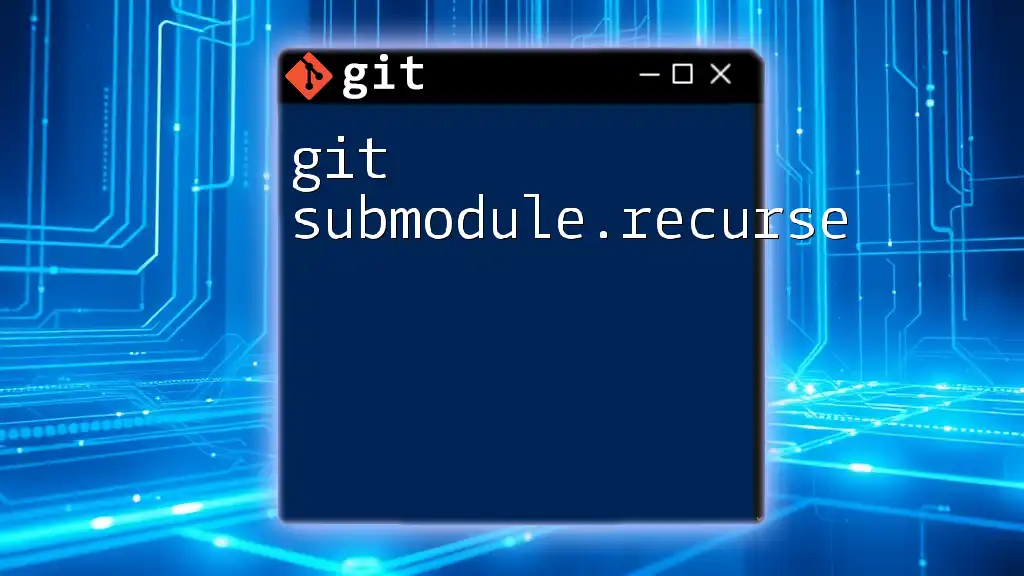
Best Practices for Managing Submodules
Regularly Update Submodules
To keep your submodules current, establish a routine check-up schedule. Regularly updating ensures that your project uses the latest features and bug fixes available in the submodule.
Document Changes in Submodules
Whenever you switch branches or make notable changes to a submodule, make sure to use clear commit messages. Accurate documentation helps collaborators understand what changes were made and why.
Use Tags or Releases for Stability
Using tagged versions or releases can enhance stability within your projects. By specifying versions, you can ensure that your project does not inadvertently pull in unstable or untested code.
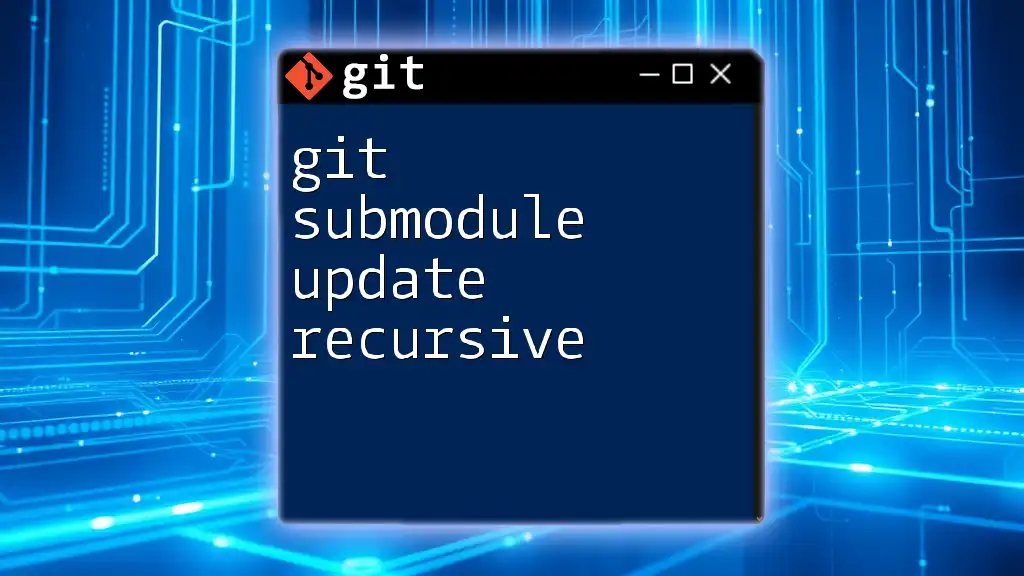
Troubleshooting Common Issues
Submodule Not Initialized Error
If you encounter this error when trying to access a submodule, it typically means the submodule hasn't been initialized. To fix this, run:
git submodule init
Follow this by updating the submodule with:
git submodule update
Detached HEAD State
Switching branches in a submodule can sometimes lead to a detached HEAD state. This means you're not working on any branch, which can be confusing. To resolve this, simply check out a specific branch to get back on track:
git checkout branch-name
Conflict Resolution
If changes in the submodule conflict with your current branch, it’s vital to resolve these conflicts manually. Git will indicate which files are causing issues. Open them, resolve as necessary, stage your changes, and commit.
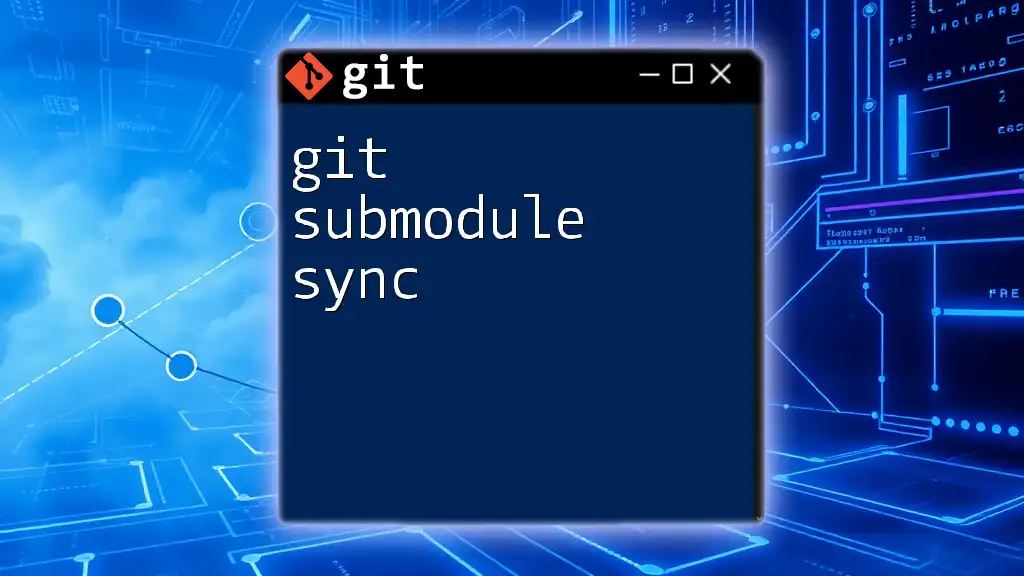
Conclusion
Managing branches in Git submodules is essential for any developer looking to maintain a clean, organized codebase. By following the steps outlined, you can seamlessly switch branches while ensuring that your main project remains stable. With practice, you will become more comfortable navigating and managing submodules effectively.
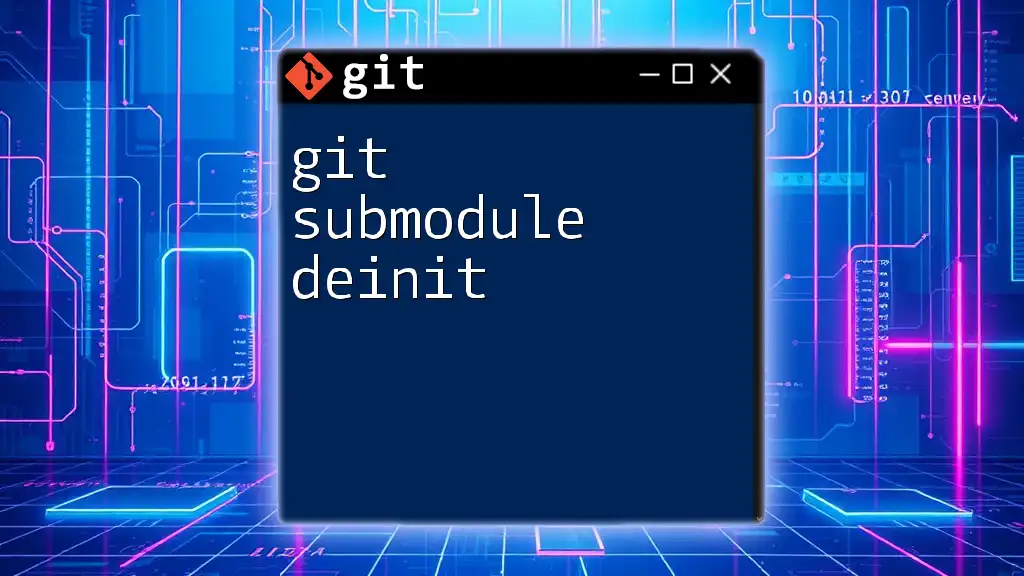
Call to Action
Feel free to reach out with any questions, feedback, or to share your experiences. For a quick reference, check out our Git Commands Cheat Sheet. Don’t forget to sign up for our upcoming workshops to deepen your understanding of Git!

